- We ship only in India and for domestic (India) buyers, orders are shipped through registered domestic courier companies and/or speed post only.
- Shipping is free all over India unless specified on the product page or informed explicitly by our customer care prior to shipping.
- Orders are generally shipped on the same day or the next day but may take up to 3 – 10 working days depending on the number of orders and external factors from the date of placing the order and delivering of the shipment subject to Courier Company/post office norms.
- theforestherbs.com is not liable for any delay in delivery by the courier company / postal authorities and only guarantees to hand over the consignment to the courier company or postal authorities within 3 working days (done usually by next working day of placing order) from the date of the order and payment or as per the delivery date agreed at the time of order confirmation.
- Delivery of all orders will be to the delivery address entered by the buyer at the time of placing the order.
- If you have any queries regarding our Shipping & Delivery Policy, feel free to Contact us.
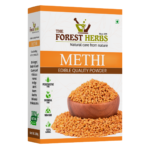
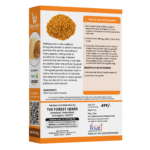
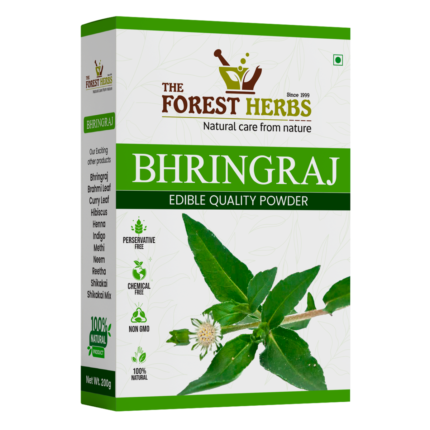
Bhringraj Powder for Hair and Eating
₹499.00 Original price was: ₹499.00.₹269.00Current price is: ₹269.00.
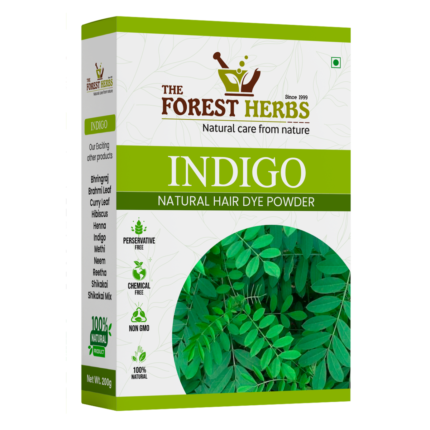
Indigo Leaves Powder – Natural Hair Dye for Black Hair
₹265.00 – ₹449.00Price range: ₹265.00 through ₹449.00
Methi Seed Powder for Skin, Hair and Eating
- Cleaned and sorted.
- 100% pure and authentic.
- Usually delivered in 3-4 working days.
12
People watching this product now!
606
Items sold in last 7 days
Methi powder, also known as fenugreek powder, is derived from the seeds of the fenugreek plant (Trigonella foenum-graecum). This aromatic spice is widely used in culinary applications and is also known for its potential health benefits. Here’s a description along with bullet points about methi powder, including how it is prepared:
Key Bullet Points:
- Distinct Flavor:
-
- Bitter-Sweet: Methi powder has a unique bitter-sweet flavor that adds depth to various dishes.
- Aromatic: It contributes a mildly aromatic fragrance to both savory and sweet recipes.
- Culinary Uses:
-
- Spice in Curries: Methi powder is a common spice in Indian cuisine, used in curries, stews, and lentil dishes.
- Seasoning: It is often used as a seasoning for pickles, chutneys, and spice blends.
- Bread and Pastries: Methi powder can be added to bread and pastry dough for a distinctive flavor.
- Health Benefits:
-
- Digestive Aid: Methi is believed to aid digestion and alleviate digestive issues.
- Blood Sugar Regulation: Some studies suggest that fenugreek may help in managing blood sugar levels.
- Rich in Nutrients: Methi powder contains vitamins, minerals, and antioxidants, contributing to its nutritional value.
- Hair Care:
-
- Promotes Hair Growth: Applied topically or consumed, methi powder is thought to stimulate hair growth.
- Controls Dandruff: It may help in controlling dandruff and maintaining a healthy scalp.
- Anti-Inflammatory Properties:
-
- Anti-Inflammatory: Methi powder has potential anti-inflammatory effects, which may benefit conditions related to inflammation.
- How Methi Powder is Prepared:
-
- Harvesting Fenugreek Seeds: Methi powder is made from the seeds of the fenugreek plant. Fenugreek seeds are harvested when they are fully mature.
- Drying: The seeds are thoroughly cleaned and dried in the sun or using other drying methods until they are completely dehydrated.
- Grinding: Once dried, the seeds are ground into a fine powder using a spice grinder or mortar and pestle.
- Storage: The powdered methi is stored in airtight containers to preserve its freshness and flavor.
- DIY Face Masks:
-
- Skin Benefits: Methi powder is sometimes used in DIY face masks for its potential skin-brightening and exfoliating properties.
- Mixing with Other Ingredients: It can be combined with ingredients like yogurt, honey, or besan (gram flour) for a nourishing face mask.
| Size |
200g |
|---|
Rated 0 out of 5
0 reviews
Rated 5 out of 5
0
Rated 4 out of 5
0
Rated 3 out of 5
0
Rated 2 out of 5
0
Rated 1 out of 5
0
Be the first to review “Methi Seed Powder for Skin, Hair and Eating”
You must be logged in to post a review.
RELATED PRODUCTS
-47%
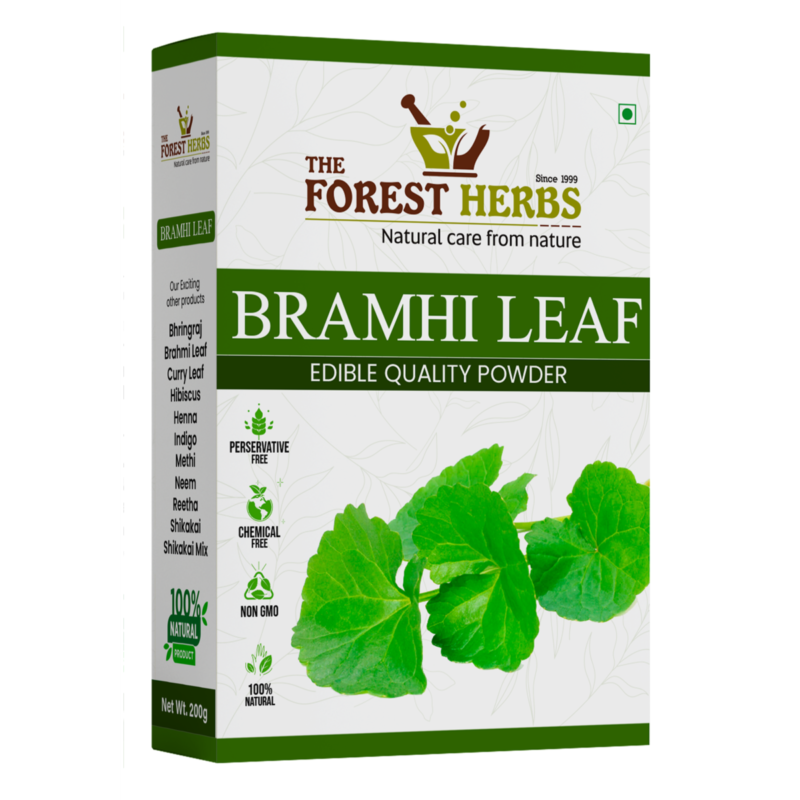
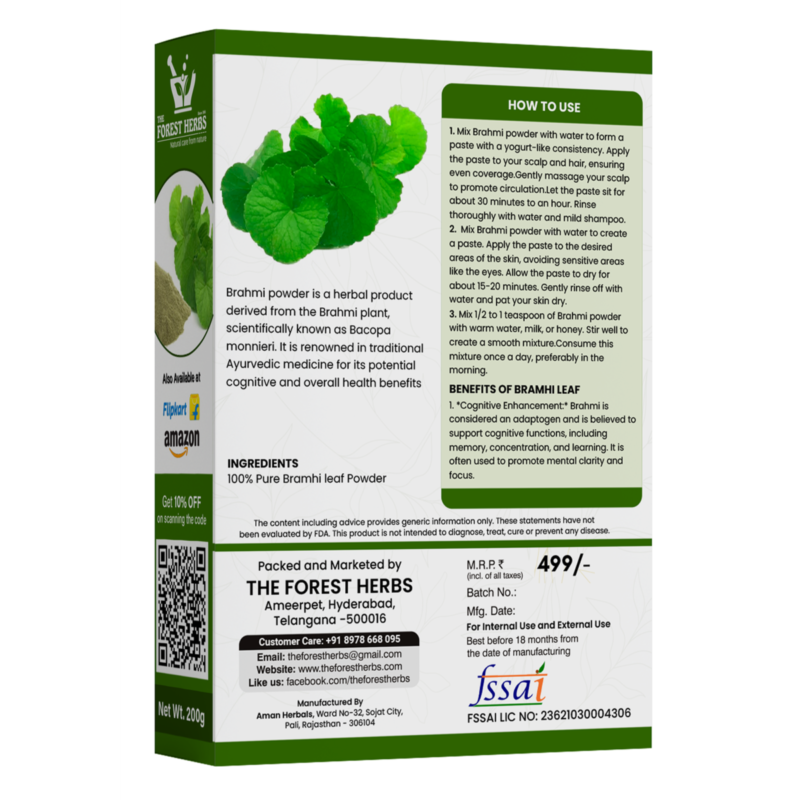
Select options
This product has multiple variants. The options may be chosen on the product page
Bramhi Powder for Hair growth & Eating
-47%
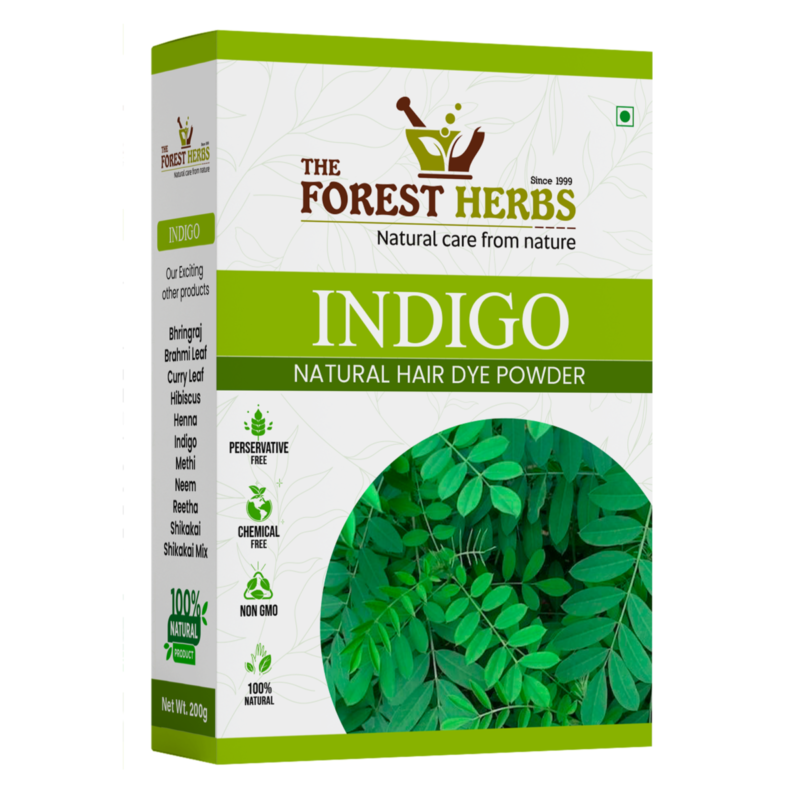
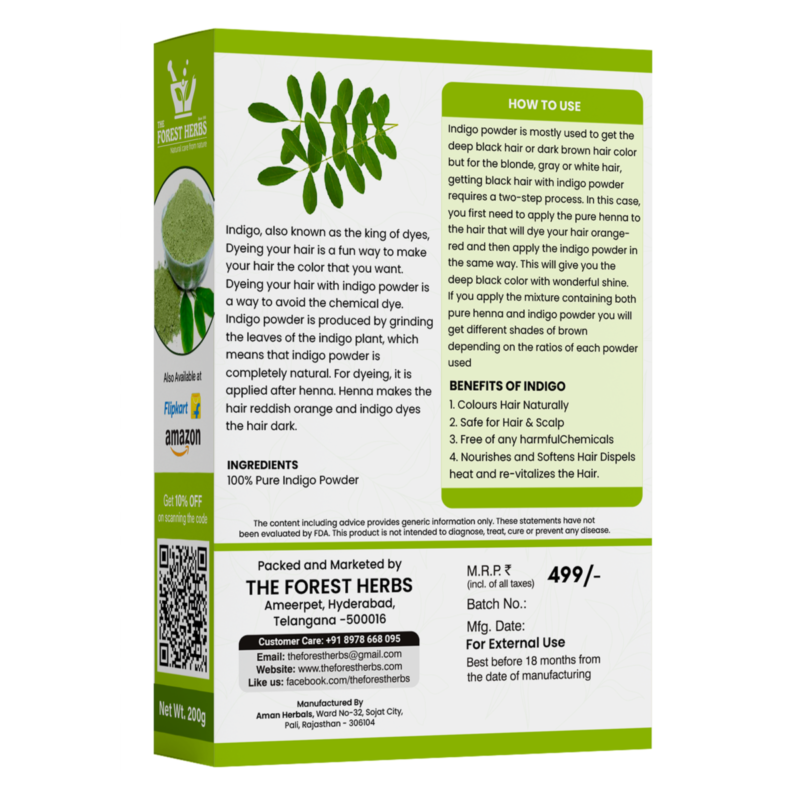
Select options
This product has multiple variants. The options may be chosen on the product page
Indigo Leaves Powder – Natural Hair Dye for Black Hair
Estimated delivery on 23 - 25 December, 2025
₹265.00 – ₹449.00Price range: ₹265.00 through ₹449.00
Natural Dye for Black Hair (Henna Leaves powder, Indigo leaves powder combo pack)
Estimated delivery on 23 - 25 December, 2025
-48%
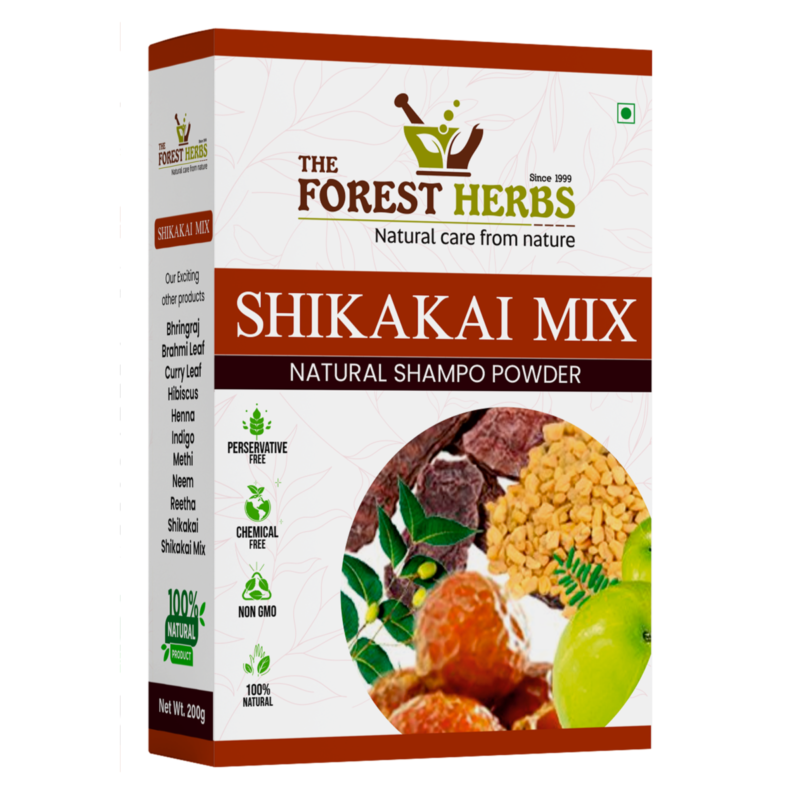
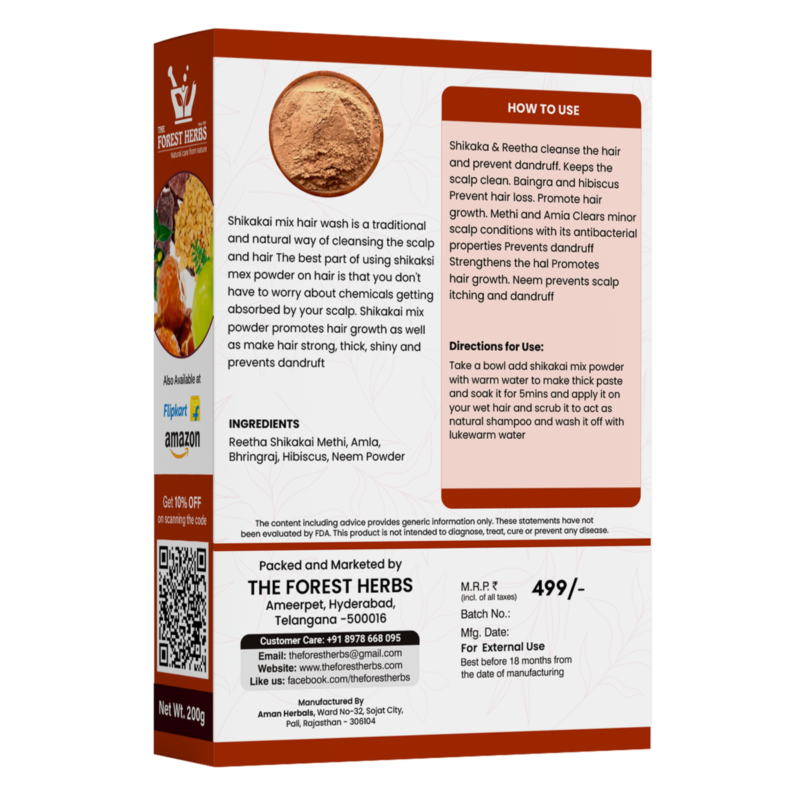
Select options
This product has multiple variants. The options may be chosen on the product page
Shikakai Mix Powder (Advanced Herbal Hair Growth Shampoo)
Estimated delivery on 23 - 25 December, 2025
₹259.00 – ₹399.00Price range: ₹259.00 through ₹399.00
-53%
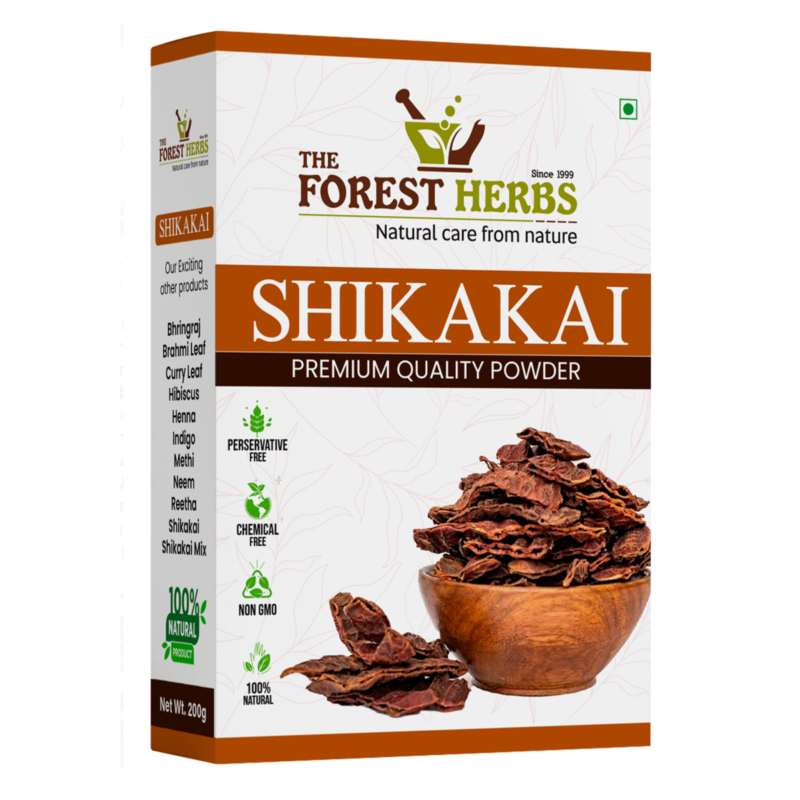
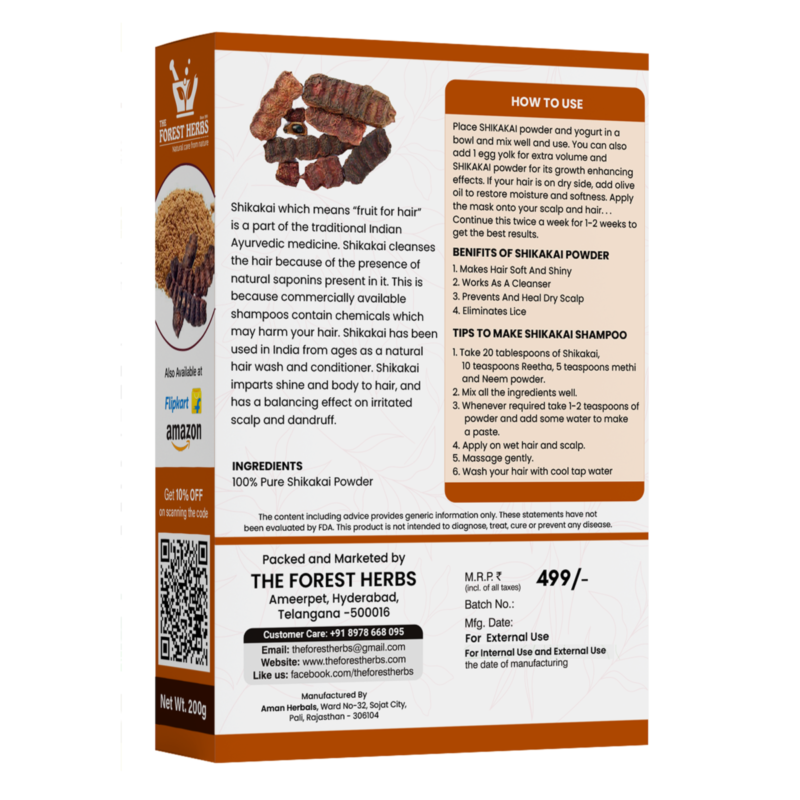
Select options
This product has multiple variants. The options may be chosen on the product page
Shikakai Powder for Hair
Rated 5.00 out of 5
Estimated delivery on 23 - 25 December, 2025


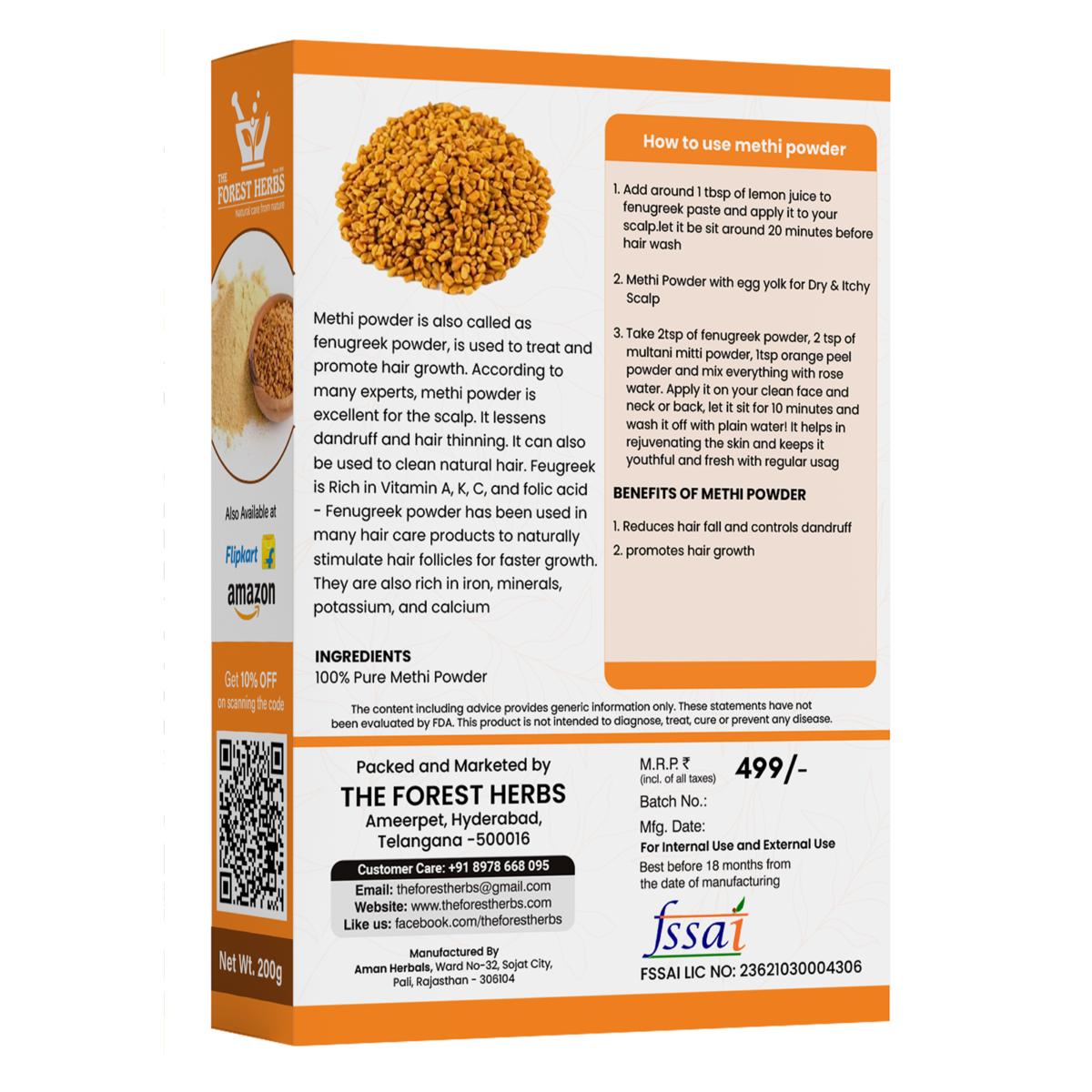


Reviews
Clear filtersThere are no reviews yet.